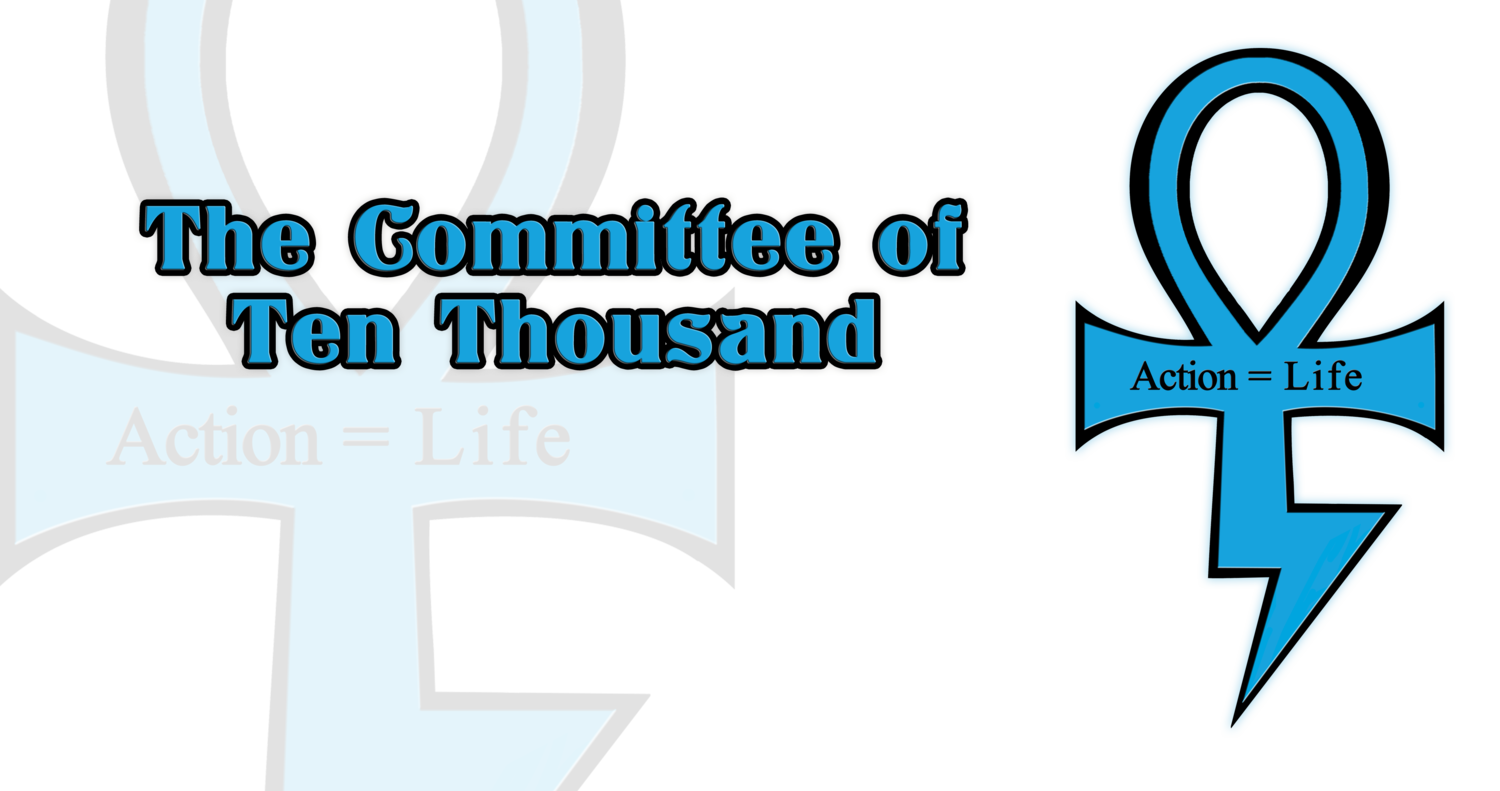Mad Cow Precautions Continue to be Justified
/The extreme reaction of the Japanese government this summer to the discovery of a human vCJD case, in a person who visited the United Kingdom, albeit briefly, showed the strong desire of governments to minimize the risk of infection, particularly infection of national blood supplies.
Between what seems like a steady drumbeat of new countries and parts of the world revealing the presence of human or animal TSEs, we at COTT are reminded of one of the fundamental rules in science: in the face of uncertainty, do not presume to be too restrictive.
In 1999 essentially all donor deferrals were dropped concerning individuals and families with diagnosed or symptomatic classical CJD, as it was not proven to be cattle-related, remained a disease of older age groups, and was not found in blood.
Statistics from the UK CJD Surveillance Unit show a “bell curve” for the rise and fall of bovine disease, peaking in about 1985, and of human vCJD there as well, peaking about ten years later. However, the “tail” of that curve cannot be correctly perceived due to the multi-year process of case investigation. Some experts also note that it won’t go to zero since some infection continues to be found.
Families of classical CJD victims, the disease widely held to be a background-level concern, with a incidence rate of 1:1,000,000, now feel more strongly than even a few years ago that change is occurring, that the background level is rising. UK data shows an increase in the trendline of such cases, from 40 deaths per year in 1992 to 60 in 2004, a 50% rise in just over a decade.
To those who would say it is time to relax the CJD-related geographic donor deferral requirements of recent years, we at COTT say, it’s too soon. We point to the scientific principle above, we point to the troubling variations in cases of related diseases, in humans and in animals, we point to the lack of conclusive evidence regarding the transmission of vCJD to man, and we point, as other countries have with increasing urgency of late, to the importance of a pristine blood supply.
The two published studies of blood transmissibility of prion disease came out only in the last two years, causing rethinking of many of our protections to date, and the Hunter study on transmission from asymptomatic animals completed the alarm. Two years well after the peak of the UK vCJD curve, and almost twenty after the discovery of the prion. We obviously are still learning, have not taken the measure of this agent yet at all, and are likely to be dealt more surprises in the next five years. It would be very shortsighted to assume we knew everything about this threat and relax our guard anytime soon.
The large-scale USDA program to not find BSE cases in US cattle, and its refusal to permit tracing of infected meat when one does pop up, serve their intended purpose of maintaining complacency in the population, reinforcing as with many other things American the perceived differences of the USA from the rest of the developed world. Although it will be a bitter pill to swallow, we at COTT would hope that public pressure will force USDA to a more stringent screening, and the number of cases found will more realistically rise into the range of 20-40. At those numbers, we will not need to plead as loudly for actions to protect blood; all will respond.
VOL. 12 NUMBER 2 Originally published on 10-24-2005
